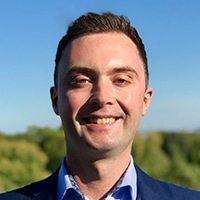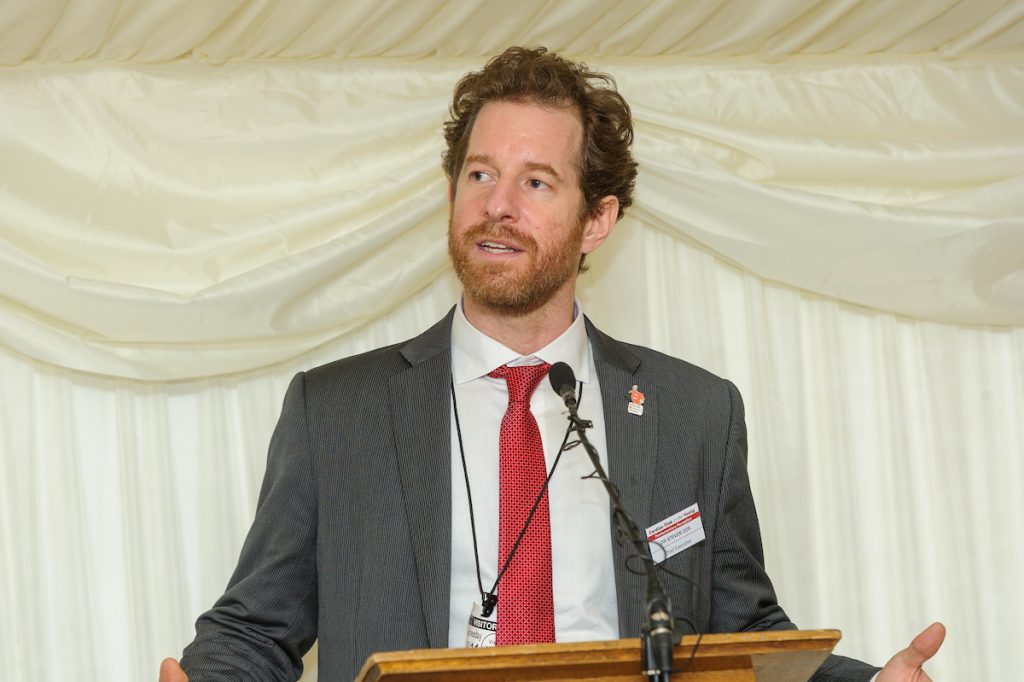An insightful new study comes under the spotlight as CRY marks a decade of funding expert pathology
The latest research funded by CRY is helping to transform the way we understand conditions that can cause young sudden cardiac death.
CRY believes – as it marks 10 years since the launch of its pioneering Centre for Cardiac Pathology (CCP) – that a continued improvement in the understanding of the conditions that can cause a sudden death (and, if necessary, a re-naming or re-classification of the syndrome) is vital in its quest to prevent these tragedies from occurring.
It also hoped that such breakthroughs in research will help to assure bereaved families that all steps are being taken to identify (and treat) similar risk in surviving siblings, parents and other close relatives.
The new paper, which studied 5,205 sudden cardiac deaths evaluated by Professor Mary Sheppard over a 24-year period, has been published today (31 January 2019) ahead-of-print in the prestigious international journal Circulation.
In 2008, Prof Sheppard was named Director of CRY’s Cardiac Pathology Centre – originally based at The Royal Brompton, and then relocating 4 years later to its current home at St George’s, University of London
Led by Dr Chris Miles, the new paper reported on 202 post-mortem cases of arrhythmogenic right ventricular cardiomyopathy (ARVC) diagnosed at CRY’s CCP. In 87% of cases, there was also the involvement of the left ventricle, supporting claims that ARVC is mostly a biventricular disease. The paper also proposed criteria for the pathological diagnosis of arrhythmogenic cardiomyopathy and identified disease-causing genetic mutations in 25% of sudden death cases that underwent testing.
ARVC is a rare inherited heart condition that has long been recognised as a significant (but hidden) cause of sudden cardiac death, particularly among young athletes.

Dr Miles (former CRY-funded Research Fellow and recently appointed BHF Research Fellow at St George’s) said: “This research presents the largest published pathological series of arrhythmogenic cardiomyopathy and provides greater insight into how the heart muscle is affected. As shown in our study, this can have important implications for diagnosis in life. Our paper supports referring to ARVC as ‘arrhythmogenic cardiomyopathy’ (or ‘ACM’), recognising that, in the majority of cases, the left ventricle also shows disease involvement under the microscope.”
The study also showed that 20% of ARVC sudden death victims were engaged in competitive sport, principally high intensity sports such as football. They were also far more likely to have died during physical exertion.
The CRY CCP was founded thanks to a significant grant from the family of father and son, Howard and Sebastian English. Both died from ARVC, both were playing rugby – yet their deaths occurred 11 years apart.
The link had never been made until Sebastian’s tragic death in 2004, aged just 15. Had Howard’s death been correctly identified, there is every chance that the death of his eldest son could have been prevented.
Sebastian’s mum, Stephanie Hunter, commented; “In 2004, CRY listened and reacted to our family’s plea that multiple deaths in families with an inherited heart condition could not be allowed to continue. The CRY Pathology Centre was set up in Howard and Sebastian’s name, funded by the generosity of our incredible friends and the continued support of CRY patrons, especially Simon Halliday and John Inverdale.
“Howard played for Esher RFC and Sebastian, Haslemere RFC and both clubs have also been so supportive, helping us significantly raise awareness of CRY screening and in our fundraising efforts”.
“This is now the leading cardiac pathology unit in the country and its existence is saving, and has saved, many lives in those families who have suffered the loss of a family member through sudden death with a previously undiagnosed cardiac condition.
“Our family, like many, are so grateful to CRY for existing. We would have been alone and lost without them.”
The “Howard and Sebastian English Memorial Fund” has since raised well over £650,000 to continue supporting the CRY Centre for Cardiac Pathology and to improve understanding of ARVC and how deaths can be avoided. In 1995, it was believed that ARVC affected 1 in 5-7 million of the population – the figure is now known to be closer to 1 in 2-3000.

Dr Steven Cox, Chief Executive of CRY, adds; “Our understanding of arrhythmogenic cardiomyopathy – or ARVC as it has been widely referred to for many years – is currently reaching a pivotal time.
“Not only is Chris’ research highlighting a greater understanding of this devastating condition that can suddenly strike so many talented athletes at the prime of their lives, but pre-participation screening for conditions such as ARVC is being increasingly recommended to help detect the condition in asymptomatic patients – which will also have a big impact in helping cardiologists to make decisions about the safety of some athletes continuing to play their sport.
“Greater recognition and understanding of these conditions which can have such a horrendous impact if left undiagnosed is something that families connected to CRY are continually fighting for and I’m very proud that one of our former Research Fellows – who continues to work closely with CRY’s screening programme – is feeding our latest findings into the growing international body of research.”
Professor Jeremy Pearson, Associate Medical Director at the British Heart Foundation, said: “ARVC is a serious condition that can affect people of any age. Parents, who might not even know they have the condition, have a 50% chance of passing it on to each of their children.
“ARVC is too often diagnosed after it has tragically taken a young life. We welcome any research that can shed new light on this killer disease and we must conduct more research to detect and treat ARVC, and other inherited heart conditions, to make sure that everyone can get the diagnosis and treatment they need.”





